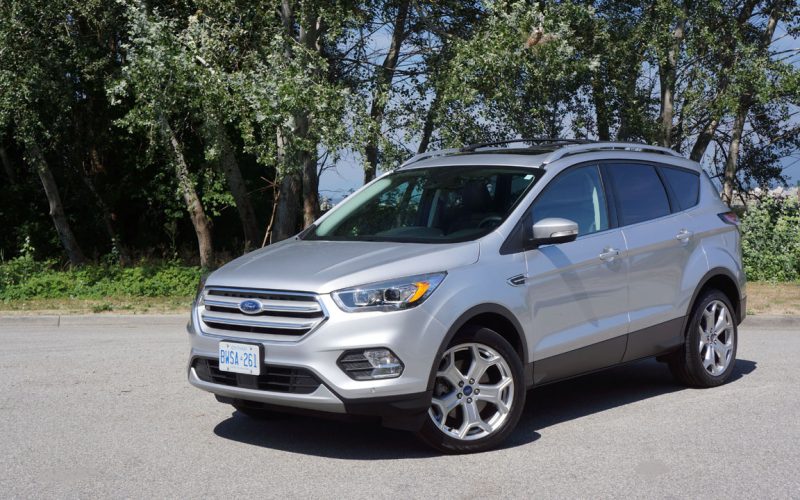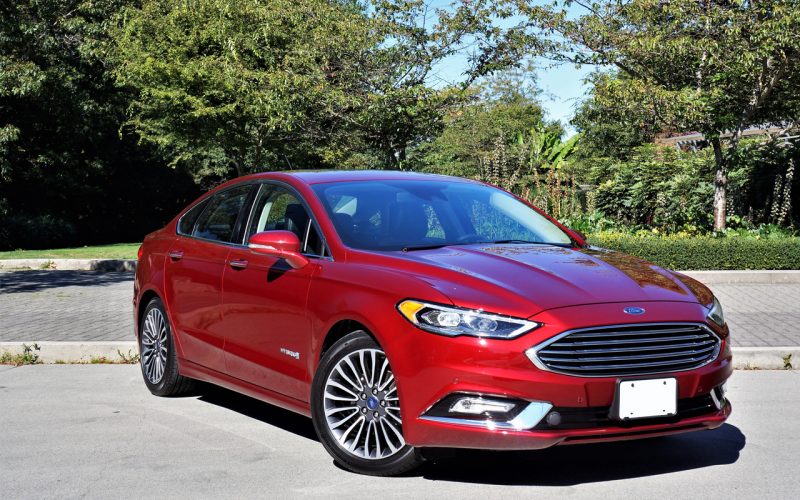
Reading Time: 13 minutesWith an all-new 2020 Escape already showing up at Canada’s blue-oval dealerships, it’s time to say

Reading Time: 9 minutesAs nice as the 2018 Fusion Hybrid Titanium is to look at, and as enjoyable it
© 2025 The Car Magazine. All Rights Reserved, Privacy Policy | Terms of Use